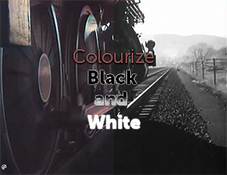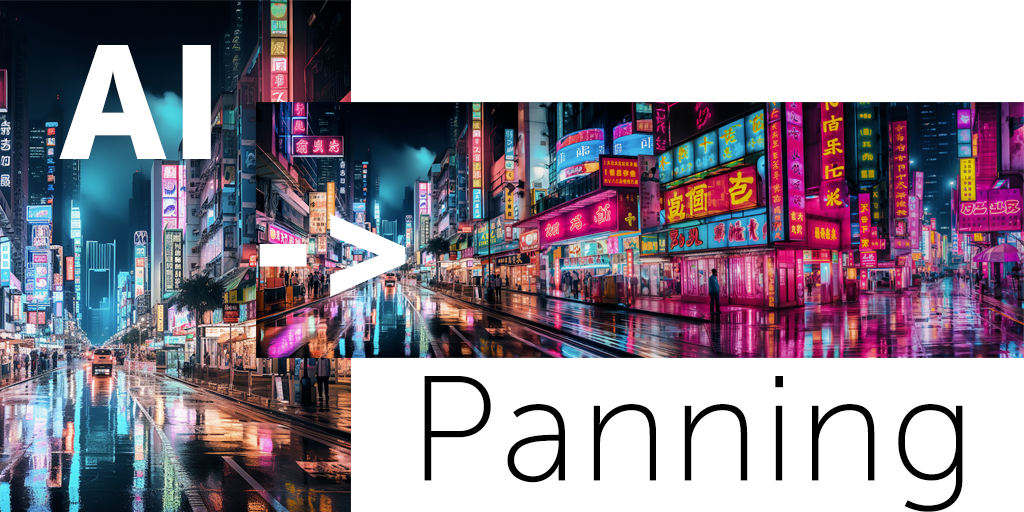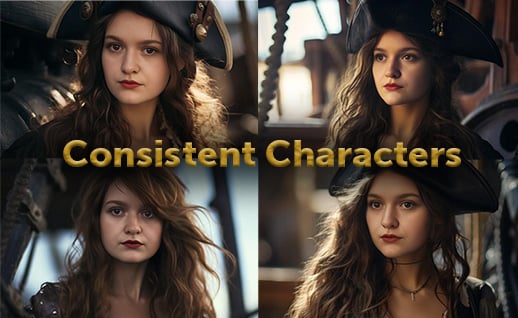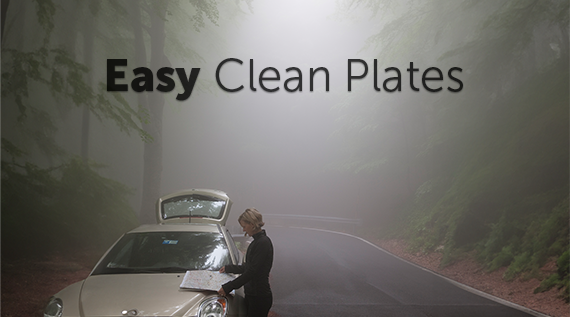Tristan Olson is the executive producer at Venture, a Video Production Company based in Denver, Colorado.
Fix it in post. The term has become synonymous with the ability of the editor or post-production professional to clean up problems that arise on set. Be it cleaning up blemishes on actors or sets, fixing flubbed lines, or even adding entire, non-existent elements, visual effects can be a production life saver and a handy tool to elevate the story being told. To assist you in bringing in the skillset of visual effects into your filmmaking toolbox, here are a few quick tips to get you started on the right track.
1. Clean Your Plate
The backbone of most visual effects work will involve removing something from the frame or image. As such, your life, or the life of your VFX team will be made so much easier if you retrieve a clean plate of the frame being shot. A clean plate is a shot of the image you are shooting without any of the foreground elements in the frame. Simply the background. With your clean plate you can paint your clean background over any portion of your main image that you may want to remove from the composition. For instance, say you want to remove a stand from your shot that is holding up a necessary prop. With a clean plate, you simply have to layer the clean background over the stand in post-production and matte it out using your favorite compositing software such as After Effects, Fusion or Nuke.
2. Data, Data, Data
Since so much of visual effects involves placing computer generated or secondary elements into the live-action shot, it is very important that you or your VFX Supervisor walk away from the shoot with a bevy of information and data pertaining to the camera and lighting. For instance, what lenses were you shooting with? What aperture? Focal length? How high was the camera from the floor? Essentially, when it comes to VFX, no amount of information is too much. You will also need to match the lighting of the live action set in your digital composition, so it’s a good idea to gather a sample of the lighting conditions via a HDRI panoramic photo as well.
3. Track it in
Most shots have movement in them, even if it is just a little bit of an accidental wobble. With that being the case, any CG element that is put into the shot in post will look completely out of place if it doesn’t move with the scene precisely along with everything else. Most compositing programs have very good tracking systems that will assist you in digitally tracking the movement of the camera; whether you have it on a tripod or moving through the scene on a gimbel or hand-held. However, to get the best results possible, make sure that you put a couple of high-contrast, easily seen markers into the scene that the tracking software will be able to see and track throughout playback.
4. Gather your elements
Whether it’s creating a new sky for a matte painting, adding smoke for a new dynamic title, or layering in flame elements for a fiery explosion, you need to have a library of useful video and still elements at your disposal for the variety of visual effects shots you will work on throughout your career. Stock video and still sites like Dissolve.com are a treasure trove of elements as they provide a perfect sampling of elements that you wouldn’t otherwise be able to shoot practically.
Between state of the art software and affordable camera technology, Hollywood-level visual effects is now attainable for even the smallest of productions. By using these tips and putting your creativity to full use, no concept will be out of reach and nothing you put on the page will be left off the screen.
Posted by
Roan



.png)
.png)
.png)




